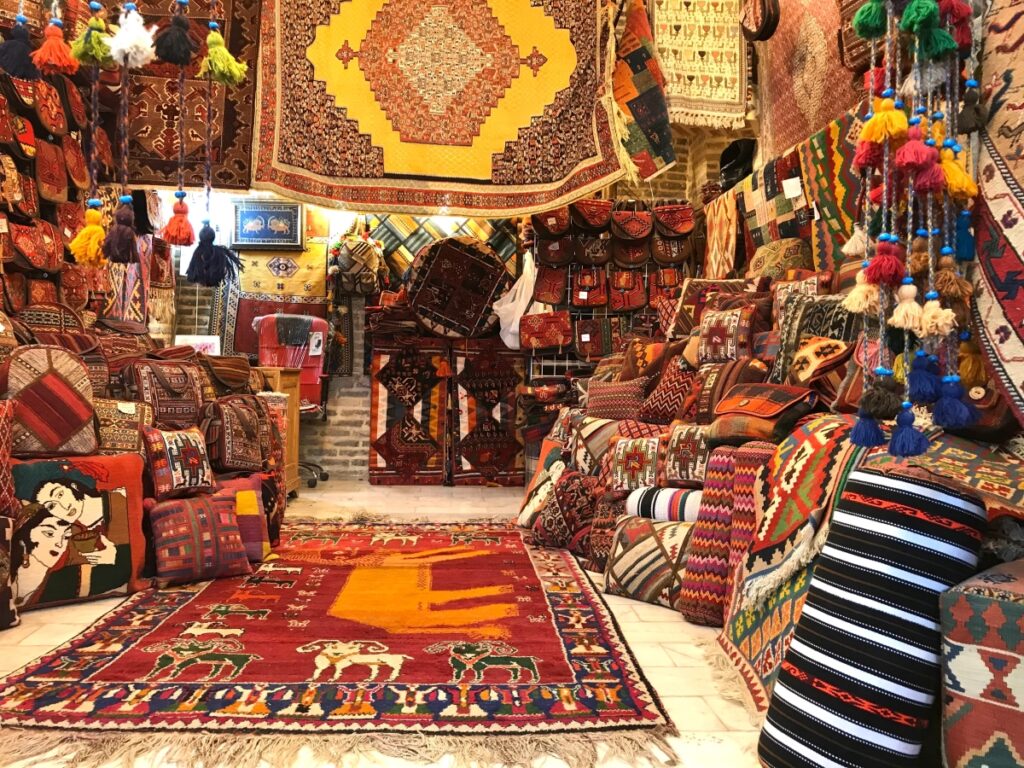Rugs are an essential element as a decor and a part of the floor. Of course, they provide many services to every home, office, and business place. However, the architecture or the interior designer should have great taste when choosing the correct rug to enhance the look of your residence. Not only on the decorating purpose, but there are many things to consider when it comes to choosing rugs since there is vast diversity among rugs, and there are many different types of rugs around the world.
Rugs,
- Focus viewers’ eyes on a specific part of a room, office, or hotel.
- Protect your floors.
- Cushion footsteps.
- Provide a cosy place to sit or lounge.
We have discussed those in our previous blogs. However, we thought it would be better if we provided more information and references to make you feel comfortable about decorating. So, you will be able to have a clear idea about the rugs and how to use them properly for your purposes after reading this article.
A large number of materials and designs can confuse you. It also helps to remember the different carpeting requirements for each room in your home. This accessible guide tries to clear the air and makes finding the correct types of rugs a little easier.
Choosing the Right Material Out of Different Types of Rugs
Different types of natural and synthetic materials are the main focus when making rugs. Each has its advantages and disadvantages. Some can wear and tear better than others, feel more comfortable, or are more sustainable and ethical. The material you choose will eventually fall into personal preferences (and budget). Common materials used to make rugs are wool, silk, cotton, natural grass, animal skins and synthetic yarn. Let’s take a closer look at each.
1. Wool Rugs
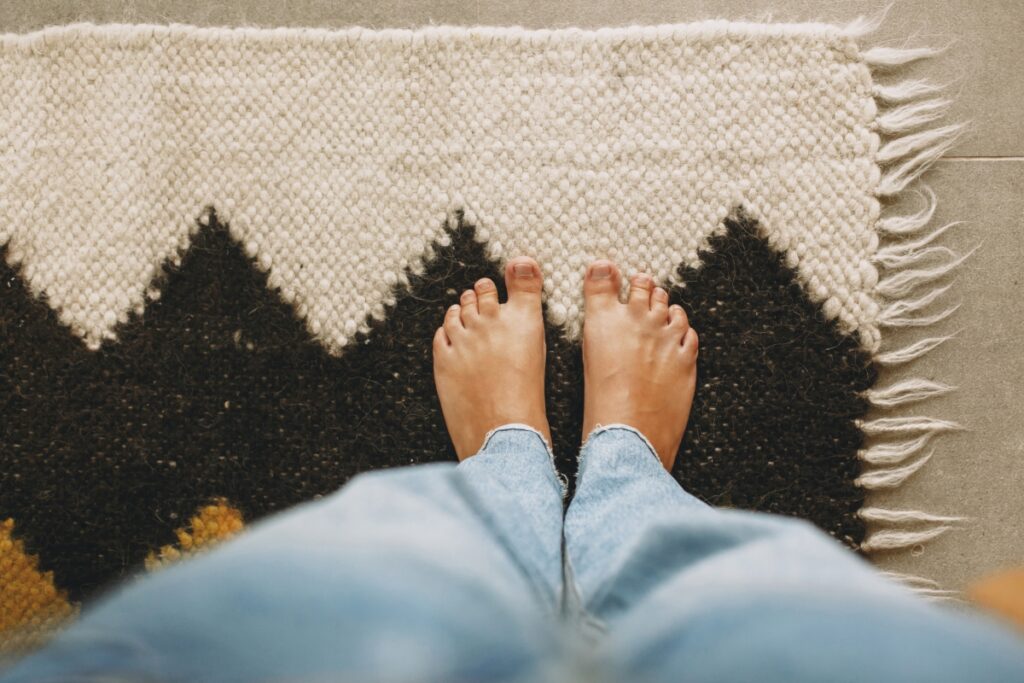
Wool is one of the most famous rug materials and is needed for the ability to bring warmth and home comfort to a carpet made of wool. Fur eco-friendly and sustainable, it is harvested from sheep in the summer and grows naturally year after year.
Out of different types of rugs, wool rugs are the most durable ones. These rugs may last up to 100 years or more. The fibers are remarkably durable and retain their shape when stretched. They are stained and water-resistant, gratitude to the natural lanolin that overlays the surface of the fibers. In addition, the fire-retardant properties of wool make it safe to use at home. Overall, wool rugs decorate a room and are an excellent floor covering that is soft to walk on and sit on.
2. Silk Rugs
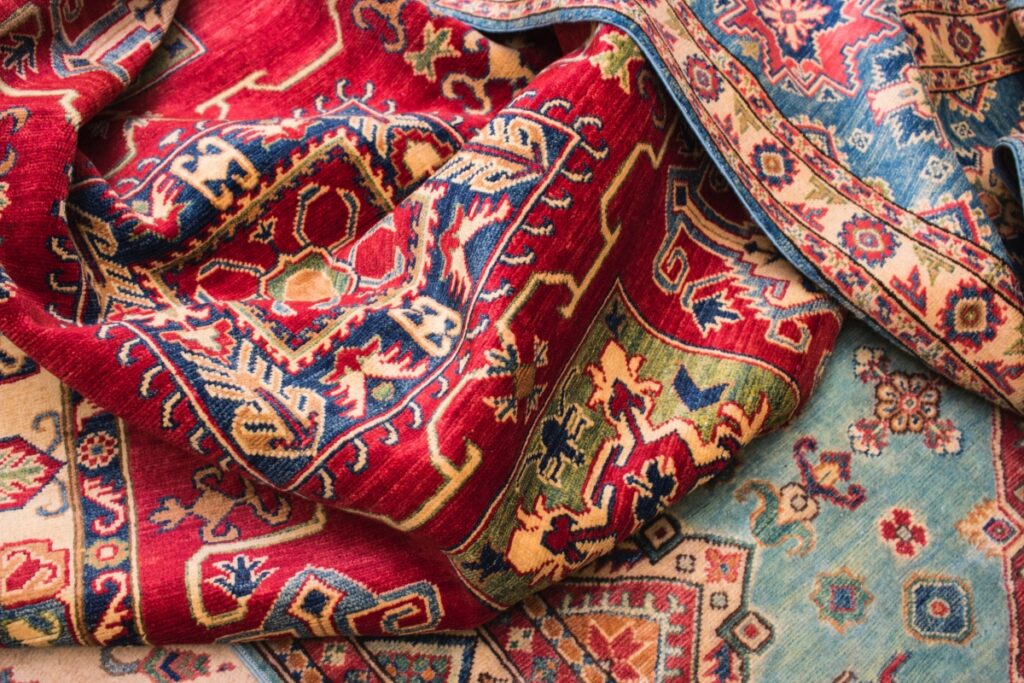
No doubt, luxurious types of rugs are silk rugs. The smooth texture and elegant brilliance of silk make it ideal for creating works of art and intricate decorative items. Less dense than wool, silk rugs require more than an inch of knitting and take longer to complete. Silk rugs are known for displaying intricate patterns, and as the natural fibers retain dyes well, the colors fade beautifully as the rug ages. Silk has been the main material for crafting Persian rugs and Oriental rugs since ancient times.
However, when we compare silk rugs with other types, mainly wool rugs, silk rugs have extremely low durability. They are incredibly delicate and can quickly lose their shape if mishandled or stored poorly. It is not surprising that silk rugs are a significant investment at great prices if you are shopping for a carpet. They also require specialised professional cleaning and maintenance, which increases costs. In your study, it is best to keep a silk rug or display it as a wall expression that does not fit into congested areas.
3. Cotton Rugs
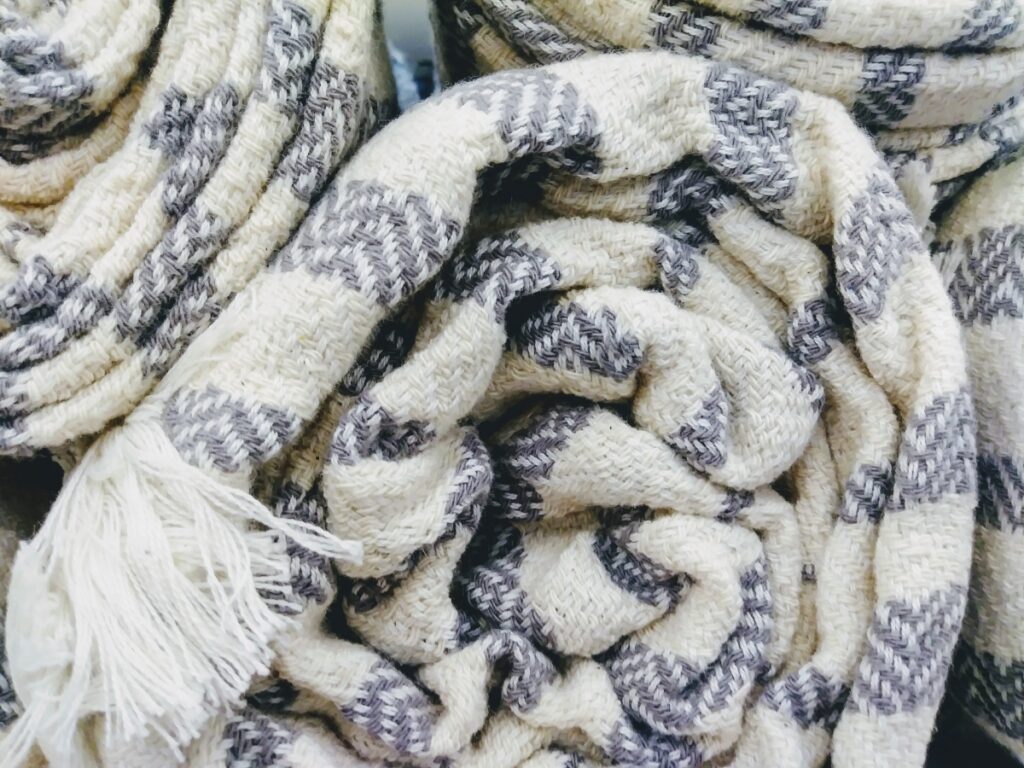
Cotton rugs are incredible in kitchens, bedrooms, dining rooms and halls. They are the most versatile rugs that come in countless variations, weaves, colors and designs. As the most affordable rug to buy, they make it easy for you to instantly transform the look of any room without breaking the bank.
Cotton rugs are also a practical option if you are looking for low maintenance and easy to clean carpet. All they need is a regular vacuum, and they are machine washable. Depending on how you handle the care of it, you can expect your cotton rug to last for years; however, it will show wear much faster than a rug made of a more elastic material such as wool.
4. Rugs made of Natural Grasses
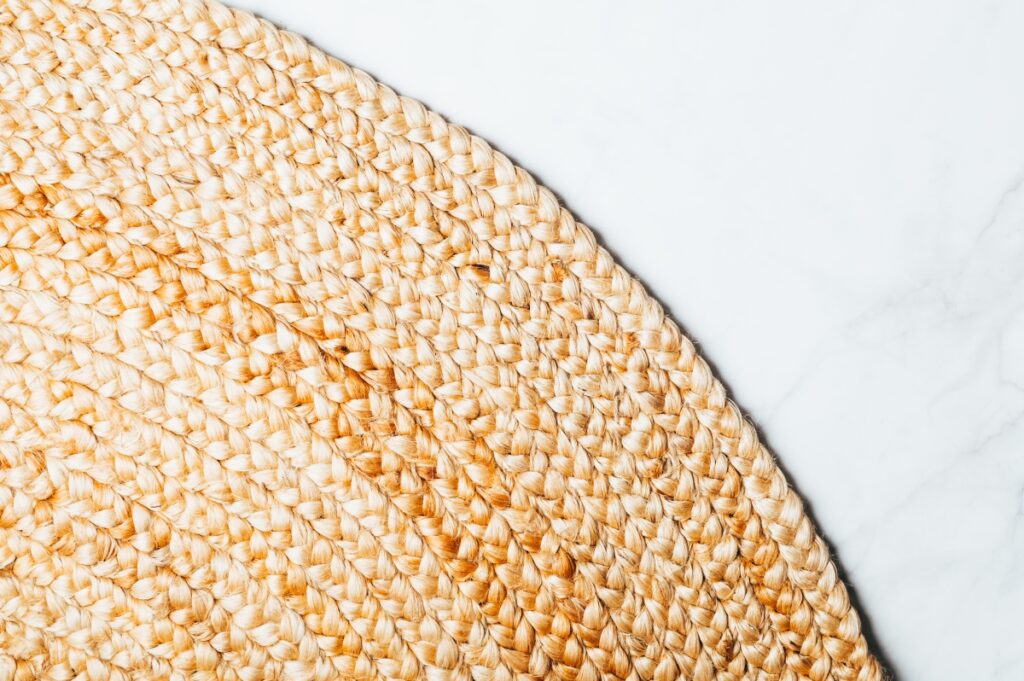
Sounds a little weird all of a sudden? But they really exist. In this rug world which brings you different types of rugs with the times, grass rugs are one of the ancient ones. You can leave it. Okay, don’t care. But there is something you can not forget, something you can not ignore. You must admit that Natural Grass rugs are the most durable and the most beautiful types so far. They are animal-friendly, environmentally friendly, as well as floor friendly. So, they are a sustainable choice.
Fast-growing plant fibres are the raw materials for these rug productions. Also, some famous alternatives like jute, bamboo, sisal, seagrass, and hemp are better. The users may love their impressive warm, neutral look. The grass carpet delivers the rooms with a rustic, casual style. By design, they work well in any room with heavy foot traffic.
You should be aware of liquid leaks to prevent permanent stains as the material tends to absorb leaks. The disadvantage of grass carpets is that they can be rough and provide small cushions, so they are not appropriate for seating for long periods.
5. Different Types of Rugs Made Using Animal Hides
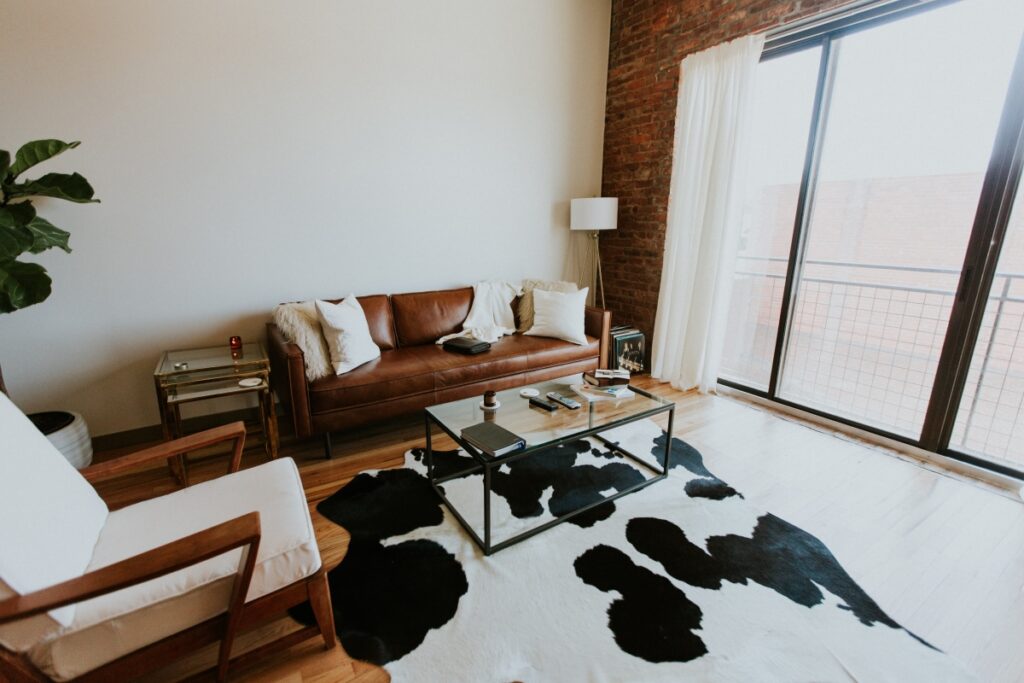
Sometimes animal hides that are used to make rugs are a by-product of the worldwide food industry. Sheepskin rugs, cowhide rugs, exotic rugs, and Reindeer rugs are the most popular animal hide rugs. Let’s see in-detailed facts about them separately.
Cowhide Rugs
Brazilian tanners use conventional methods to treat and soften cowhides, resulting in beautiful, flexible, long-lasting rugs without any shedding or odour. Make your room cosy with our cowhide rugs suitable for use as wall hangings. There are different types of Cowhide rugs. For instance, Black and White Cowhide rug, Speckled Cowhide rug, Calf Skin Cow rugs, and many more. However, most of these are ideal for both minimalist and modern home decors. Cowhide exudes a monochromatic chic and boldly makes a great statement when family and friends visit.
Sheepskin Rugs
Today, interior designers have a wave of vision that favours combining functionality and aesthetic appeal in more than one. Sheepskin rugs are different from other carpets on the market in terms of their texture because of the furry feel that makes them feel comfortable. Stepping on sheepskin rugs proves to be convincing, and many say that the look and feel are similar to stepping on clouds. Sheepskin rugs never go out of style – they add a touch of elegance to a bedroom or addition to a living room or hall. Suitable for use as rugs, throwing or hanging, high-quality sheepskin rugs are sustainably obtained worldwide.
Exotic Rugs
Add an extraordinary touch to your home with stunning exotic hidden rugs, including beautifully smooth goat leather, luxurious soft blush and stunning Springbok. Perfect even for the most compact room, exotic hides come in a variety of sizes and colors, bringing a warm and inviting style to any interior.
Reindeer Rugs
A popular one among alternative types of rugs. This Reindeer Rug is an excellent alternative to cowhide rugs. If you cannot afford a Cowhide rug or if it is not available, a Reindeer rug will be a great choice. Some people settle for Reindeer Rugs because they need a different design to complement their favourite animal skin. Resistance to stiffness and staining causes cowhides to be at the top of the carpet charts. If you’ve settled for a Reindeer rug as a last resort, do not think that you will not enjoy the full benefits of any other rug you like. Of course, be proud of your Reindeer rugs as many benefits are often overlooked over alternative animal skin rugs.
Types of Rugs According to the Construction Method
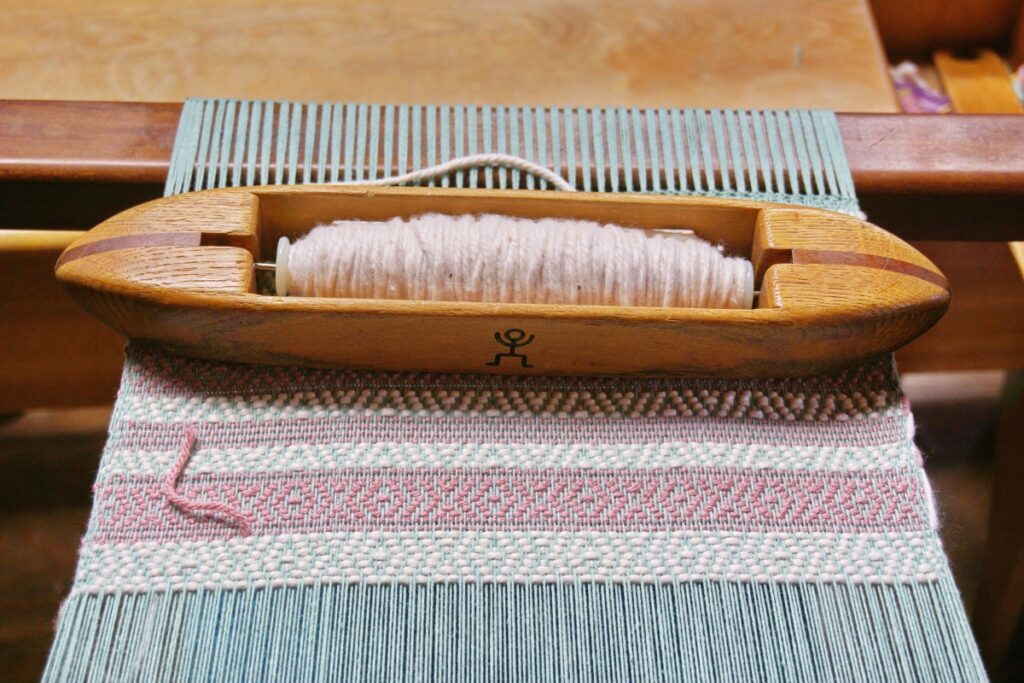
In the past, every rug was hand-knotted by skilled artists. and gradually people invented different techniques according to the resources they have and the inherited culture. Often, carpet weaving differs in style. But you may not know what rug-making method is used for a particular carpet product. Here are the basic ways of rug making in the modern world.
Hand Knotted Types of Rugs
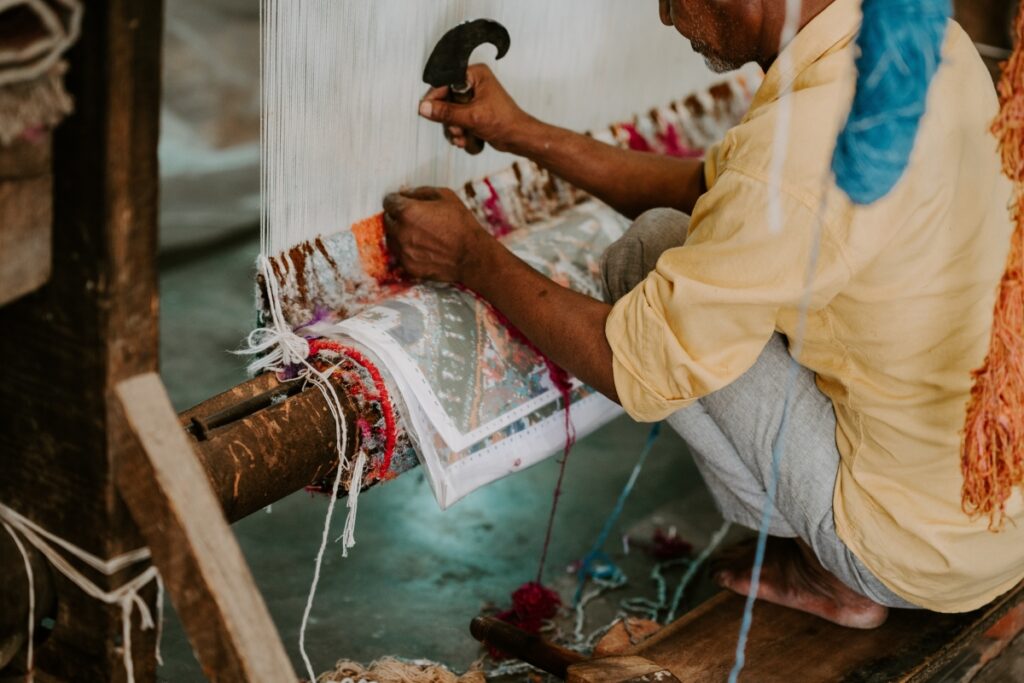
Hand-knotting is the slowest and most expensive method of carpet making. It is one of the oldest methods of making carpets and is more than 2000 years old. It can take months to years to make a rug using this technique. A specially designed machine for hand tying is required. The manufacturing process involves tying the vertical threads or warp to the fabric and then tying them with the horizontal threads. Craftsmen begin to tie around the knitting and continue to make the entire carpet. Patterns are made on rugs by various tying techniques. Persian and Tibetan styles are the two main knot designs.
Hand-Hooked Rugs
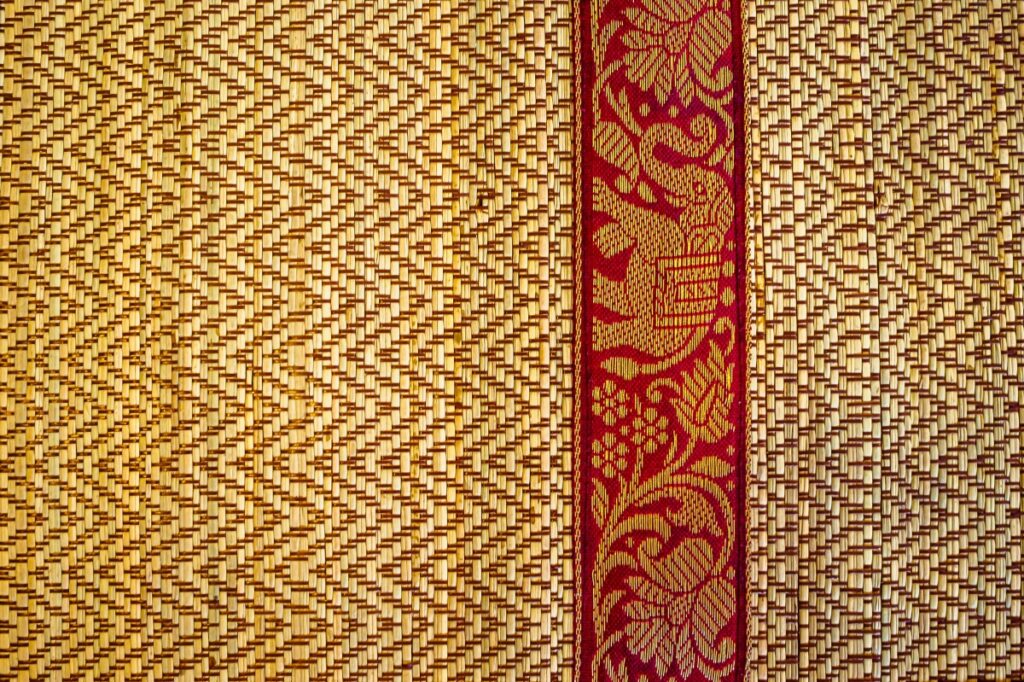
On the loom frame, the threads are stretched. The desired pattern is stencilled on the surface of this thread. The weaver uses a tool with a hook-shaped needle. Pull the thread to create loops on the Artisan frame. This creates a pattern on the carpet. A series of such looped structures complete the carpet piles. The final touch to the carpet is provided by the addition of a backing.
Hand-Tuffed Rugs
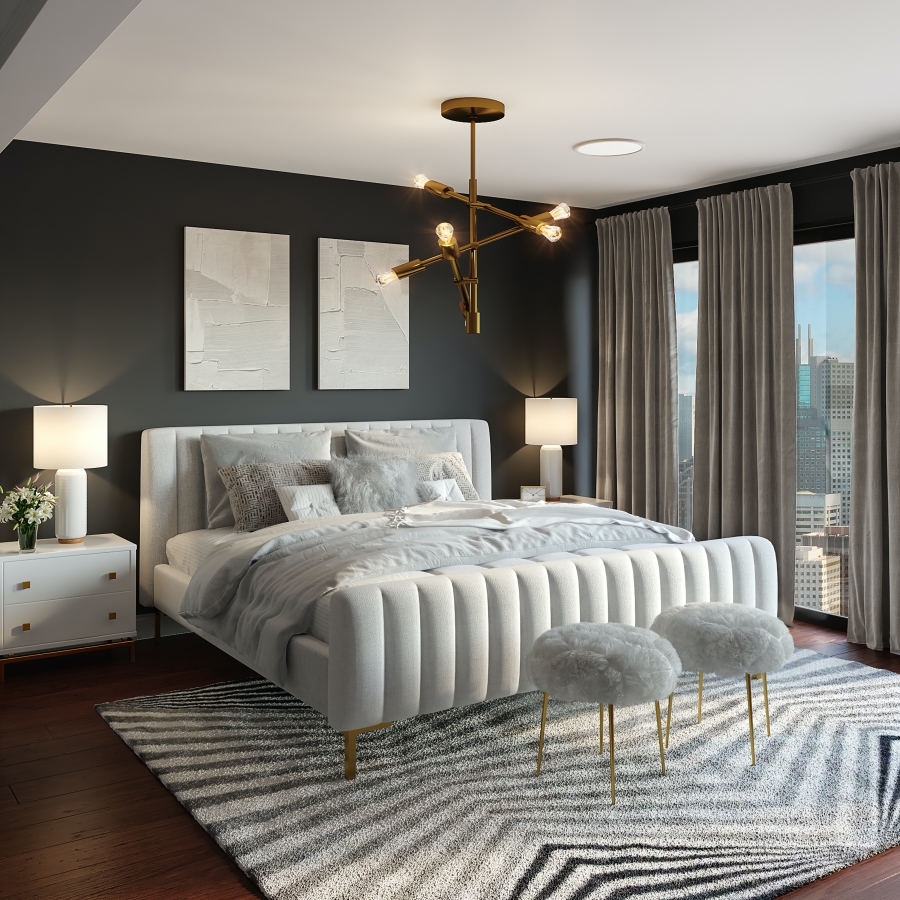
Once the artist has stretched the thread on the frame, he or she uses a gun-shaped tufting tool to tie hooks around the rows of thread. These carpets have piles of cuts. These look good and are durable. The rug frame tufts can also be drawn with a needle tool. Cutting and edging are the final touches to the carpet.
Loomed Rugs
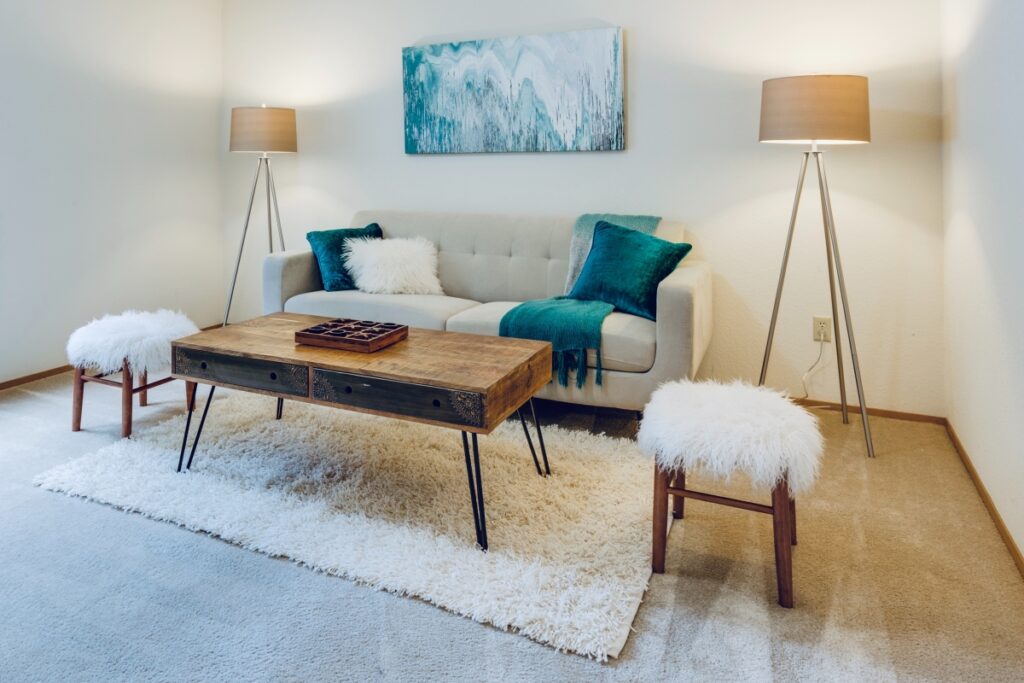
Among the different types of rugs according to their production method, loomed rugs are one of the coziest parts. They provide an extra-ordinary comfort to your feet . However, they are machine-made. Modern loomed carpets can be made entirely by machinery. This means that craftsmen do not have to make knots, tufts or hooks on the frame by hand. The thread frame is stretched over the fabric. To make these carpets, the technician only has to mechanically operate a needle and tools.
